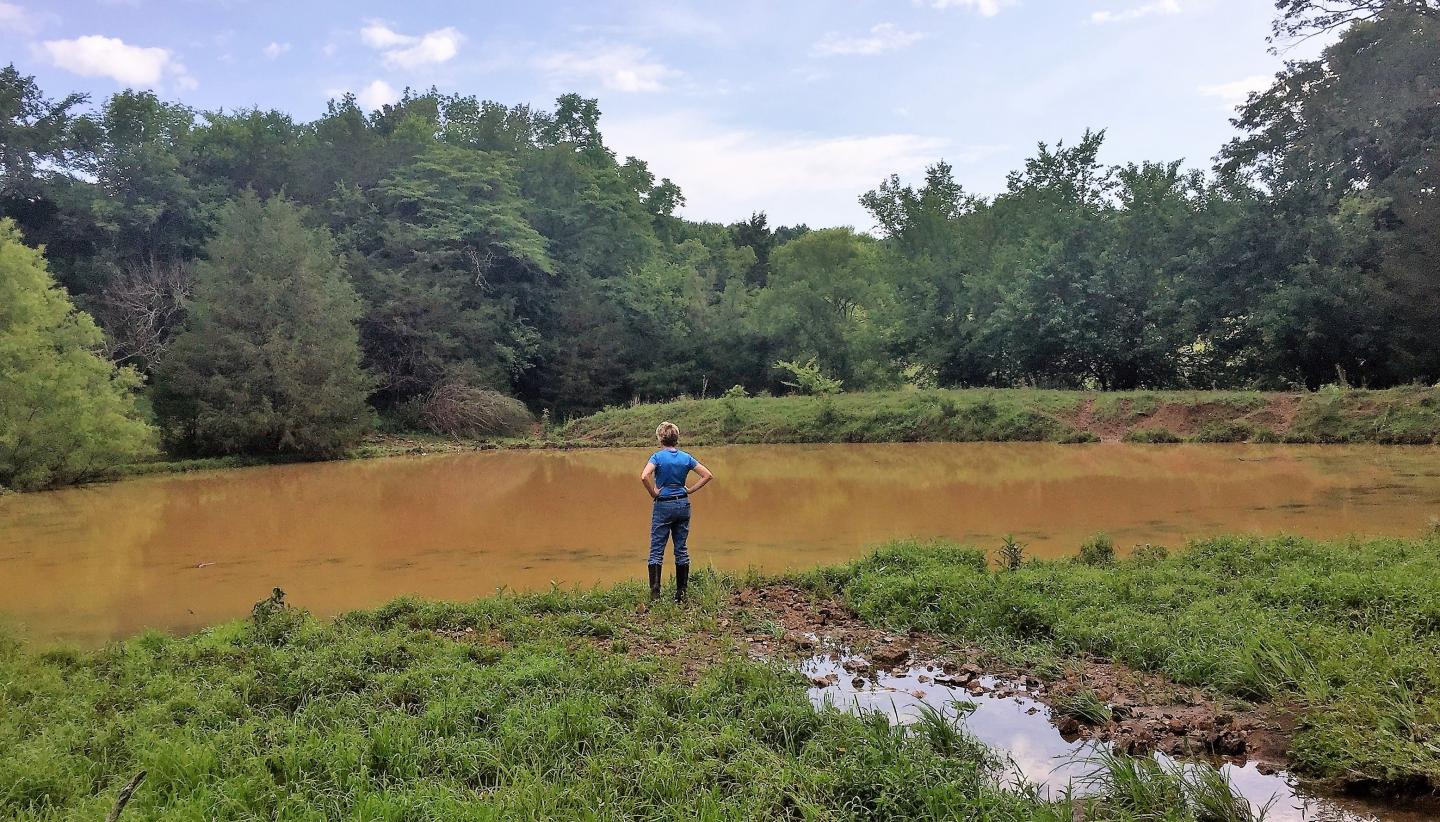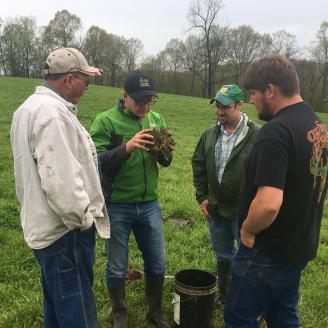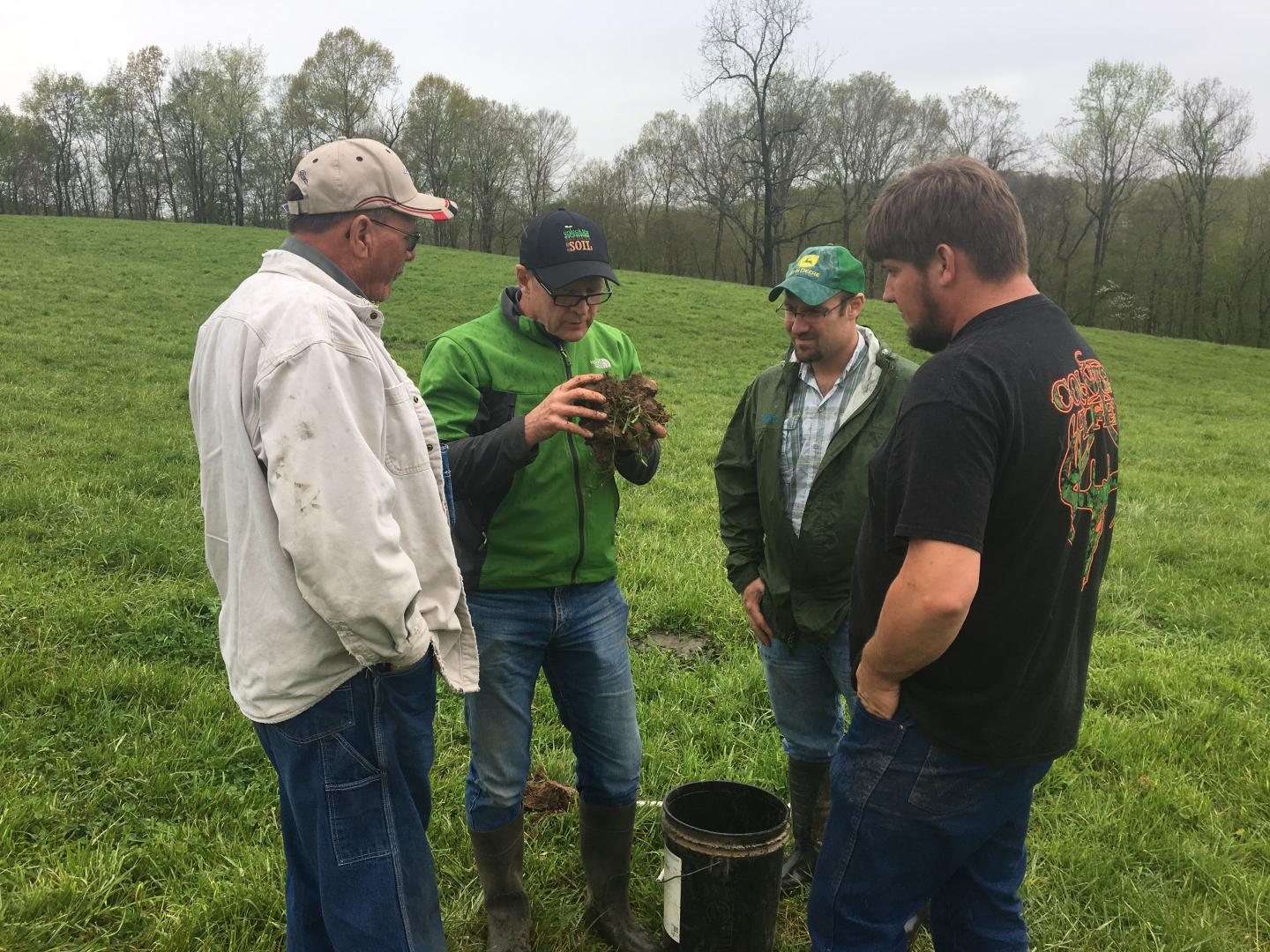The three phases of the nine-step conservation planning process...

Nine-Step Conservation Process
Step 1: Identify Problems and Opportunities
Planning can start with a problem, an opportunity, shared concerns, or a perceived threat. Initial opportunities and problems are first identified based on readily available information provided by the client(s)

Ste 2 : Determine Objectives
During this step, the stakeholders identify their objectives. A conservationist guides the process so that it includes the stakeholders needs and values as well as the resource use regarding onsite and offsite ecological protection.

Step 3: Inventory Resources
In this step, appropriate natural resource, economic and social information for the planning area is collected. The information will be used to further define the problems and opportunities. It will also be used throughout the entire process to define alternatives and to evaluate the plan. It is important that as much information as possible can be collected so that the plan will fit both the needs of the landowner and the natural resources.

Step 4: Analyze Resource Data
Study the resource data and clearly define existing conditions for all the natural resources, including limitations and potential for the desired use. This step is crucial to developing plans that will work for a landowner and their land.
Step 5: Formulate Alternative
The purpose of this step is to achieve the goals for the land, by solving all identified problems, taking advantage o f opportunities, and meeting the social, economic, and environmental needs of the planning project.
Step 6: Evaluate Alternatives
Evaluate the alternatives to determine their effectiveness in addressing the client’s problems, opportunities and objectives. Attention must be given to those ecological values protected by law or executive order.

Step 7: Make Decisions
At this point the landowner chooses which project or plan will work best for their situation. The planner prepares the documentation.

Step 8: Implement the Plan
Technical assistance is provided to help with the installation of adequate and properly-designed conservation practices.
Step 9: Evaluate the Plan
Conservation planning is an ongoing process, that continues long after the implementation of a conservation practice. By evaluating the effectiveness of a conservation of a conservation plan or a practice within a plan, stakeholders can decide whether to continue with other aspects of an overall areawide plan.

